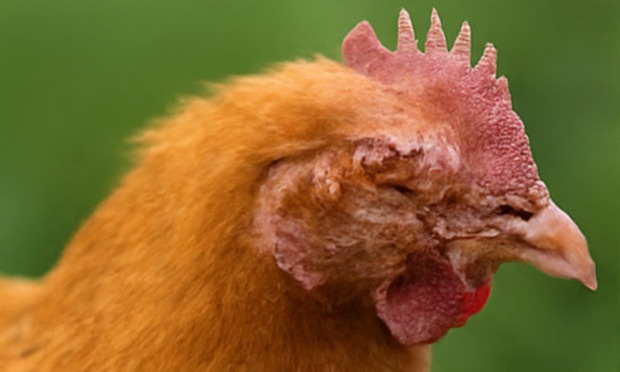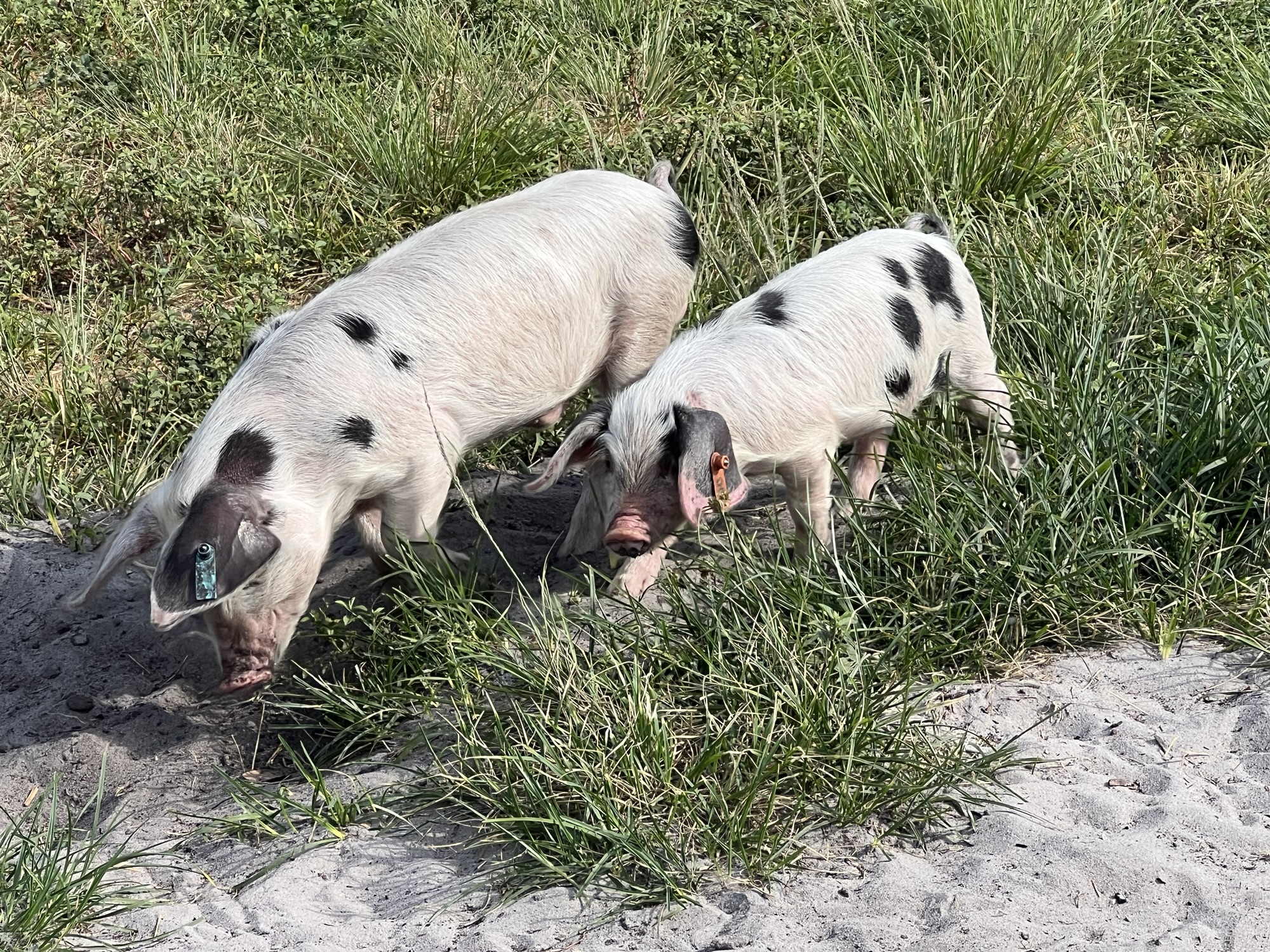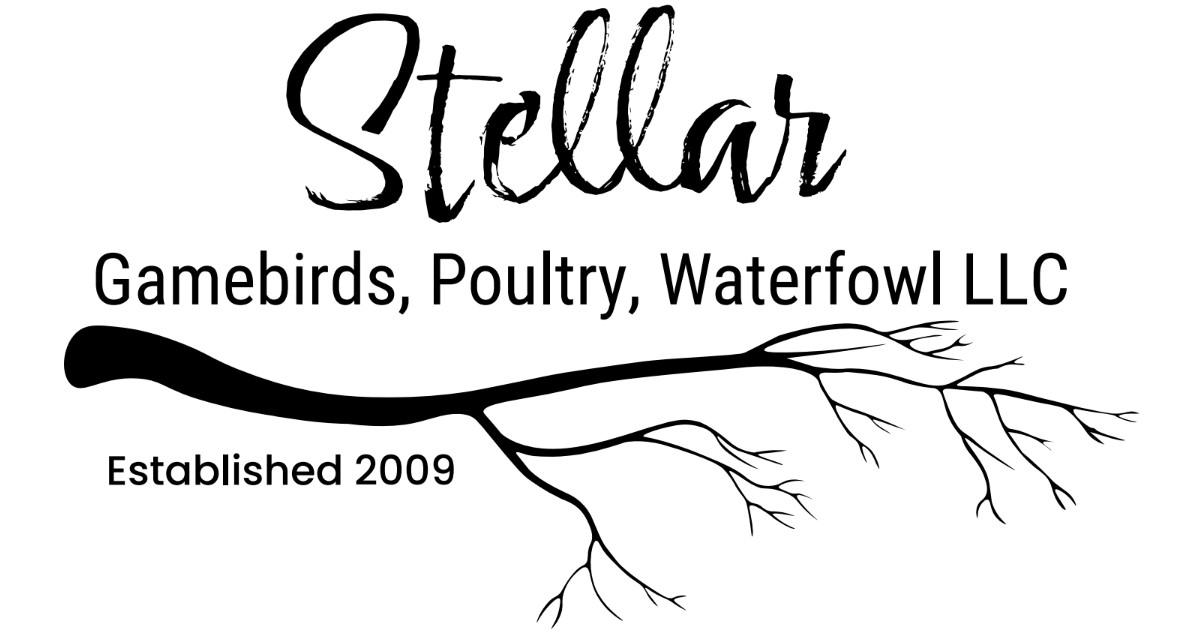In the world of animal breeding, it’s easy to get swept away by flashy colors, unique patterns, or impressive appearances. From the vibrant plumage of quail and game birds to the striking markings of livestock, there’s no denying that aesthetics can draw attention. However, experienced breeders know that breeding is about so much more than producing animals that are simply pleasing to the eye. Responsible breeding requires careful consideration of health, structure, temperament, and purpose—factors that ensure the long-term success of any breeding program, whether you’re working with poultry, waterfowl, game birds, livestock, or domestic animals.
Health First: The Foundation of Responsible Breeding
No matter the species—whether it’s a flock of quail, a herd of goats, or a barnyard of chickens—health should always be the number one priority. Breeding stock should be selected based on robust health and sound genetics. Unfortunately, focusing too heavily on appearance can sometimes lead breeders to overlook underlying health issues. In some cases, breeding for specific colors or traits can even increase the risk of hereditary conditions.
Genetic testing and health screenings are invaluable tools for ensuring your animals are healthy before breeding. For example, poultry breeders should be mindful of common ailments like Marek’s disease or respiratory issues, while livestock breeders may need to test for conditions like CL (Caseous Lymphadenitis) or CAE (Caprine Arthritis Encephalitis). By prioritizing health, breeders can prevent the spread of genetic disorders and create strong, resilient lines that are well-suited for long-term productivity.
Structure and Conformation: Building a Strong Foundation
While health is the foundation of good breeding, structure and conformation are the building blocks that determine an animal’s ability to thrive. Whether you’re breeding livestock, poultry, waterfowl, or game birds, proper body structure is essential for both functionality and longevity.
For example, quail and poultry with poor leg structure may struggle with mobility, while livestock with improper body conformation may experience joint issues or be prone to injury. Each species has its own set of conformation standards, and breeding animals that meet these standards helps ensure they will live healthy, productive lives.
Conformation plays a particularly important role for breeders focused on showing their animals. But even if showing isn’t a goal, selecting animals with strong, correct structure can lead to better egg production, higher-quality meat, or improved work capacity for livestock.
Temperament: The Often-Overlooked Trait
When considering breeding stock, temperament is often overlooked in favor of more tangible traits like body structure or production levels. However, temperament is crucial for successful management, particularly when it comes to domestic animals and livestock that require regular handling.
For poultry breeders, selecting calm, manageable birds makes everyday tasks—such as egg collection, cleaning, and feeding—much easier. Similarly, livestock with calm temperaments are easier to work with and less likely to cause injury to themselves or their handlers. Aggressive animals, whether they’re roosters, ganders, or rams, can disrupt the peace of the entire farm.
By focusing on temperament as part of your breeding program, you can ensure that your animals are not only productive but also a joy to work with.
Purpose-Driven Breeding: Focus on the Long Game
Perhaps the most important aspect of responsible breeding is having a clear purpose. Every breeding decision should be made with a long-term goal in mind—whether it’s to increase egg production, improve meat quality, create high-performance working animals, or produce top-notch show animals.
For poultry and quail breeders, this might mean selecting birds that are prolific layers or have exceptional meat quality. Livestock breeders might focus on improving milk yield in dairy goats or enhancing the work capacity of draft animals. Whatever the goal, it’s important to stay focused on breeding for functional, productive traits that will benefit your farm or homestead in the long run.
Breeding animals for purely aesthetic reasons—such as unique coloration or flashy features—may result in short-term satisfaction, but it can come at the expense of the overall health and utility of the animals. A purpose-driven breeding program ensures that each generation is an improvement on the last, not just in terms of appearance, but in health, productivity, and manageability.
Breeding for the Future
Breeding animals is both a science and an art. While it’s tempting to prioritize flashy traits or unique appearances, the most successful breeders know that responsible breeding goes far beyond looks. By focusing on health, structure, temperament, and a clear purpose, you can create strong, healthy lines that will benefit not only your farm but the future of the breed.
At the end of the day, the goal of any breeding program should be to produce animals that are healthy, functional, and fit for their intended purpose. By putting these principles into practice, you’ll be well on your way to building a breeding program that stands the test of time—whether you’re working with quail, waterfowl, game birds, livestock, or poultry.









